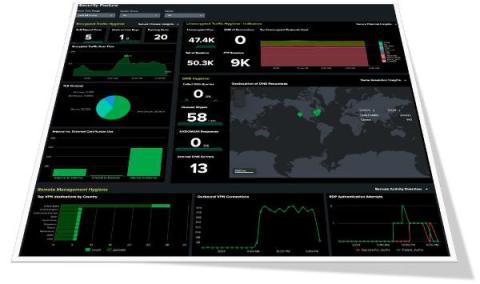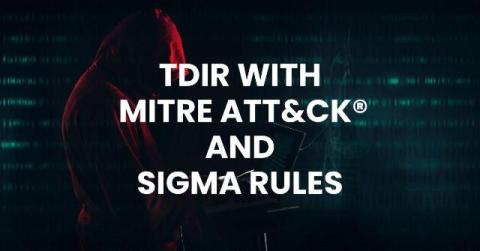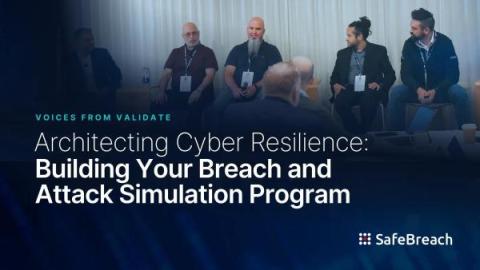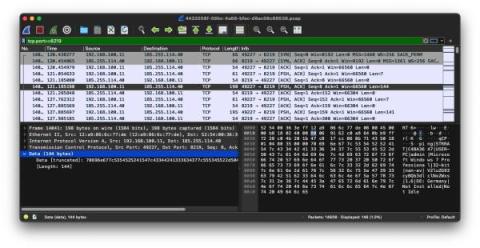Microsoft Recall: Detecting Abuse | Threat SnapShot
You've probably heard of Microsoft's new Recall feature by now. It's a info stealer's dream come true. There has been a lot of information release about how this new feature is a security nightmare and how it works. But today we are going to dig in and discover how to actually detect abuse of this new feature.











